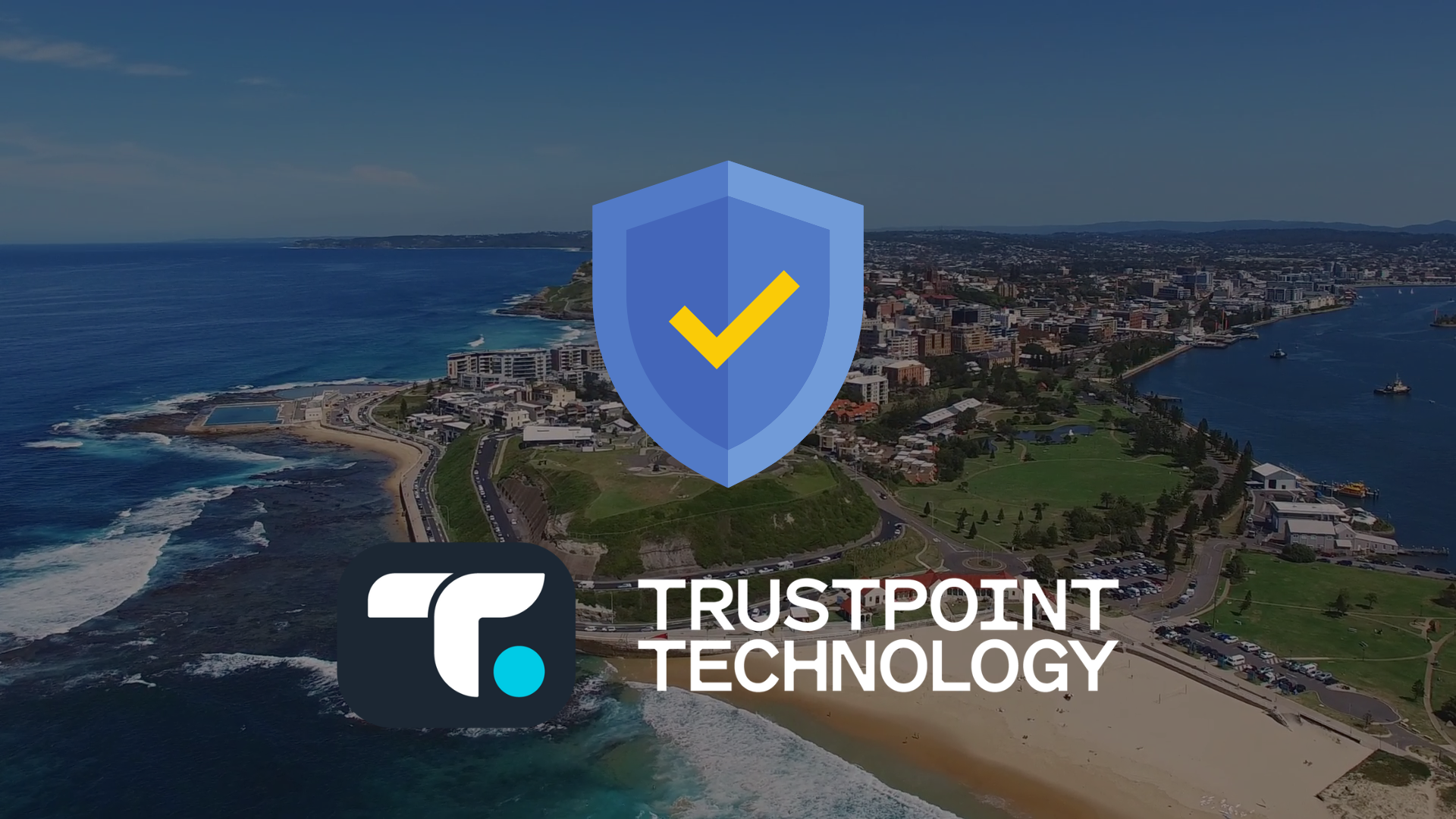
Is your business operating under the National Disability Insurance Scheme (NDIS)? There are many standards and rules you need to follow to stay compliant. While most focus on operations, governance, and quality, it’s just as important to make sure your IT systems are protecting your clients’ confidential information.
Data Privacy and Security Compliance
As an NDIS provider, you handle sensitive data like health records and personal information, so it’s crucial to comply with the Australian Privacy Principles (APPs) under the Privacy Act 1988. Here are some best practices to consider:
Data Encryption
At Rest Encryption: Encrypt data stored on servers, databases, and computers so it can’t be accessed without the correct keys. Microsoft’s Bitlocker is a handy tool for this.
In Transit Encryption: Data moving between systems, such as emails or file transfers, should be encrypted using secure protocols (SSL).
End-to-End Encryption: This is especially important for telehealth calls and messaging services. Platforms like Microsoft Teams and Zoom have encryption enabled by default.
Access Controls and Identity Management
Role-Based Access Control (RBAC): Only give people access to what they need for their role, following the principle of “least privilege.”
Multi-Factor Authentication (MFA): Add an extra layer of security by requiring a code or approval on a mobile device in addition to the password.
Regular Security Audits and Monitoring
Regularly audit your systems, monitor for suspicious activity, and use tools like Intrusion Detection Systems (IDS) to alert you to unauthorised access attempts.
Regular Backups
Ensure you have multiple copies of your data, stored offsite, encrypted, and regularly tested to guarantee you can recover quickly if something goes wrong.
Data Sharing Policies
Prevent unauthorised access to sensitive data by implementing data-sharing policies. For example, SharePoint’s Data Loss Prevention (DLP) tools can help manage who can view or share important files.
Incident Response and Breach Notification
Incident Response Plan: Have a clear step-by-step guide in place to follow if a data breach occurs, so your team can quickly contain and resolve the issue.
Notifiable Data Breaches: Be prepared to notify the Office of the Australian Information Commissioner (OAIC) and your clients if a breach could cause serious harm.
Staff Training and Awareness
Regularly train your staff on how to handle sensitive data, recognise phishing scams, and use strong passwords. Well-informed staff are your first line of defence.
Device Security
Use Mobile Device Management (MDM) to secure laptops and mobile devices, enforce cybersecurity measures, and ensure you can remotely wipe them if they’re lost or stolen.
In Summary
These recommendations are just a small sample of the steps you can take to secure your IT environment, but they’re a great starting point for safeguarding your clients’ sensitive information. Reach out to us today to find out how we can help you implement these controls in your business.
Enquire today to see how Trustpoint Technology can help you implement these features in your business